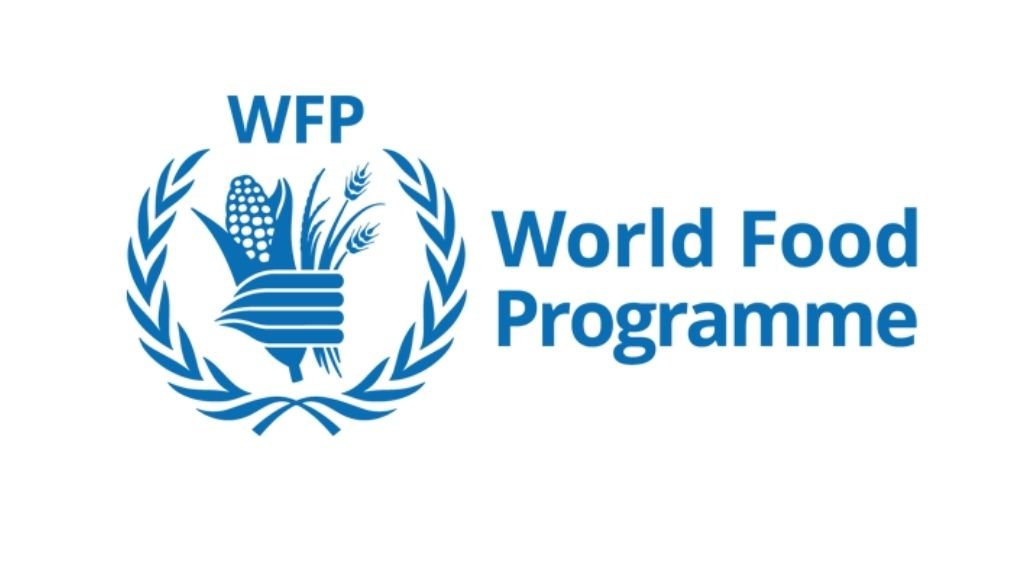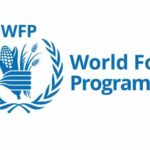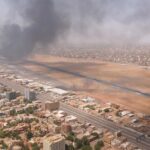The Gaza Strip could meet famine thresholds for food insecurity, malnutrition and mortality within six weeks, according to a World Food Programme (WFP) official on Wednesday.
“We are getting closer by the day to a famine situation,” said Gian Caro Cirri, the Geneva director of the WFP.
A UN-backed report released in March indicated that famine was imminent, likely starting by May in northern Gaza and potentially spreading throughout the enclave by July. A US official on Tuesday also stated that the risk of famine, especially in northern Gaza, was very high.
Cirri made these remarks during the unveiling of a report by the Global Network Against Food Crises, a coalition of humanitarian and development organisations including United Nations agencies, the World Bank, the European Union, and the United States.
Accidents: FRSC recommends jail terms for erring drivers
AGILE to construct toilets in Sokoto schools
The network’s report describes the 2024 outlook for the Middle East and Africa as extremely concerning, citing the Gaza conflict, restricted humanitarian access, and the potential for the conflict to spread within the region.
Since Israel began aerial and ground operations against Gaza’s ruling Islamist group, Hamas, the United Nations has reported difficulties in delivering and distributing aid in Gaza.
Israel has denied impeding the flow of humanitarian aid and attributes inefficiencies in distribution to the aid agencies themselves.
Since Oct. 7, when Hamas attacked southern Israel, Israel’s military actions have devastated much of the territory, home to 2.3 million people, resulting in a humanitarian crisis.
To avoid famine in Gaza, Cirri emphasized the need for immediate and continuous food supply deliveries.
Meanwhile, the United Nations has called for an “independent, effective and transparent investigation” into the discovery of mass graves at two Gaza hospitals that were besieged and raided by Israeli troops this year.
The UN High Commissioner for Human Rights Volker Türk said in a statement he was “horrified” by the scenes reported from both the Nasser and Al Shifa medical complexes in the besieged enclave.

 Join Daily Trust WhatsApp Community For Quick Access To News and Happenings Around You.
Join Daily Trust WhatsApp Community For Quick Access To News and Happenings Around You.

